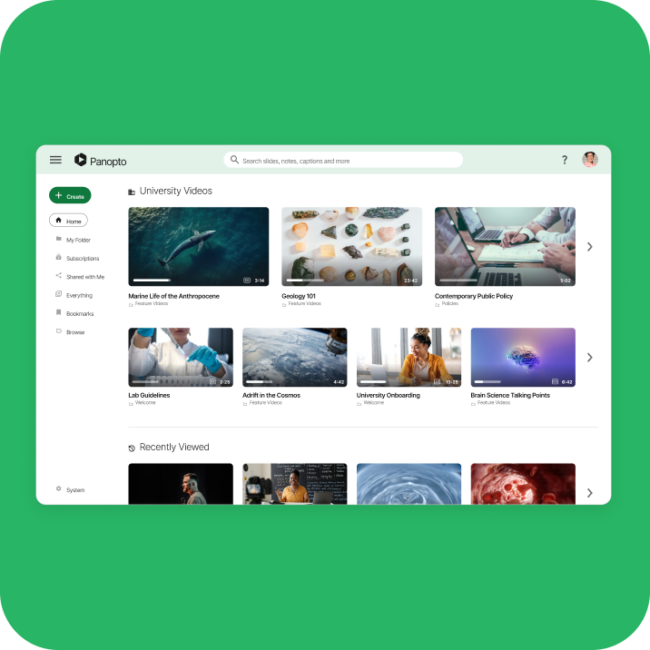How to Create Online Training Programs that Work

With remote work and digital learning becoming the norm, online training programs have become essential for organizations to upskill and engage their workforce. However, not all programs deliver the desired results. Poorly structured content, low engagement, and technical issues can hinder learning outcomes and leave employees feeling unprepared.
Creating programs that truly work requires thoughtful planning, engaging content, and the right technology. By implementing a structured approach, businesses can deliver flexible, scalable, and effective training that boosts productivity, retention, and long-term success. Let’s explore how to design impactful online training programs that empower employees and achieve your organizational goals.
Why Online Training Programs Are Essential
Online training programs are vital for both employee development and organizational success. Here’s why:
- Support for Remote and Hybrid Work: Online programs provide flexible access to learning materials, ensuring continuous development without the need for in-person sessions.
- Cost-Effective Solutions: Digital training reduces expenses by eliminating travel, venue, and material costs while scaling content across the organization.
- Self-Paced Learning: Employees can learn at their own speed, improving retention by allowing them to revisit or skip content as needed.
- Consistent Training Across Locations: Standardized online content ensures all employees receive the same high-quality training, regardless of location or team.
- Data-Driven Insights: Platforms like Panopto provide tracking tools to monitor progress and refine training programs based on learner engagement and performance.
Organizations can offer scalable, flexible solutions that support employee success in today’s dynamic workplace by implementing online training programs.
Steps to Design an Effective Online Training Program
Creating a successful online training program requires careful planning, engaging content, and the right technology. Follow these steps to design a program that delivers measurable results and boosts employee engagement.
1. Assess Training Needs
Identify the knowledge gaps and skills your organization needs to develop.
- Conduct surveys, interviews, or focus groups to understand employee challenges and learning priorities.
- Collaborate with managers to define key training goals that align with organizational objectives.
- Prioritize training topics that will have the biggest impact on employee performance and productivity.
2. Develop Engaging and Diverse Content
Create content that keeps employees engaged and motivated to learn.
- Use a mix of content formats, such as videos, quizzes, interactive modules, and case studies.
- Incorporate real-world examples and scenarios to make the training relevant to employees’ roles.
- Leverage platforms like Panopto to create and manage video-based training that is accessible on-demand.
Are you facing challenges creating more training content? Learn more about using AI Training video creators.
3. Choose the Right Learning Platform
Select a platform that meets your training needs and supports scalability.
- Look for features such as video hosting, progress tracking, assessment tools, and integration with existing HR systems.
- Ensure the platform supports mobile access to enable employees to learn on their preferred devices.
- Platforms like Panopto provide secure video streaming, content organization, and advanced analytics to monitor learner engagement.
4. Create a Structured Learning Path
Organize your training content into a clear, step-by-step learning path.
- Break content into modules or lessons that build on each other to guide learners through the material.
- Include milestones or checkpoints where employees can test their knowledge through assessments or practical exercises.
- Provide a training roadmap so employees understand the objectives and progression of their learning journey.
5. Incorporate Interactive and Collaborative Elements
Engagement is critical to the success of online training programs.
- Use interactive elements such as quizzes, polls, and simulations to maintain learner interest.
- Offer opportunities for collaboration through discussion boards, live webinars, or peer-to-peer feedback.
- Encourage employees to ask questions and share insights during live training sessions or in online forums.
6. Personalize the Online Training Program
Tailor training content to meet the specific needs of different roles or departments.
- Develop role-based learning paths that focus on the skills and knowledge each position requires.
- Use adaptive learning technologies that adjust content delivery based on learner performance and preferences.
- Allow employees to choose additional learning modules based on their career development goals.
7. Track Progress and Gather Feedback
Monitor training performance to evaluate the program’s effectiveness and make improvements.
- Use analytics tools to track metrics such as course completion rates, assessment scores, and learner engagement.
- Collect feedback from employees to understand their experience and identify areas for improvement.
- Platforms like Panopto offer robust reporting features that help organizations optimize their online training programs over time.
8. Continuously Update and Improve the Program
Training programs should evolve to stay relevant and effective.
- Regularly review and update training materials to reflect changes in technology, company policies, or industry standards.
- Introduce new content formats or tools to keep the program fresh and engaging.
- Analyze long-term performance data to ensure the program continues to meet organizational goals.
By following these steps, you can design an online training program that enhances employee learning, engagement, and productivity. A well-structured program provides the foundation for long-term success in a dynamic work environment.
Key Features of High-Impact Online Training Programs
High-impact online training programs that incorporate the following key features will ensure effectiveness:
- On-Demand Accessibility: Employees can access training anytime, on any device, for flexible learning.
- Engaging Content: Videos, quizzes, and real-world scenarios enhance focus and improve retention.
- Personalized Learning: Tailored paths provide role-specific content and adaptive pacing based on performance.
- Collaboration Opportunities: Features like discussion boards and live sessions promote knowledge sharing.
- Data-Driven Insights: Analytics track progress, engagement, and performance, helping refine the program.
- Compliance Integration: Content aligns with organizational policies, ensuring consistency and regulatory adherence.
These features create scalable, impactful learning experiences that empower employees to succeed.
Empower Growth with Effective Online Training Programs
Creating impactful online training programs is essential for fostering employee development, boosting engagement, and improving productivity. By focusing on key elements like accessibility, personalized content, and data-driven improvements, your organization can offer flexible and scalable training that meets the needs of today’s dynamic workforce.
From assessing training needs to delivering engaging and interactive content, every step in the process contributes to a stronger, more capable team. Ready to elevate your organization’s training efforts? Start designing online programs that empower employees and drive long-term success with a personalized demo.
Latest News
-

- Sales
How to Make Sales Presentation Videos With AI
A sales presentation can make or break a deal—yet too many sales teams still rely on outdated slides and monotonous pitches. Video content accounts for over 82% of consumer internet traffic. We live in a digital-first world where video is the key to capturing attention and driving engagement. But creating a polished, persuasive sales video…
How to Make Sales Presentation Videos With AI
-

- Active Learning
Why Every Business Needs an Upskilling Strategy (And How to Build One)
A strong upskilling strategy is no longer optional. It’s essential for keeping pace with rapid technological advancements and shifting market demands. As AI and automation reshape industries, companies must ensure their employees continuously develop new skills to stay competitive. But upskilling alone isn’t enough. Reskilling is equally critical for preparing workers to transition into entirely…
Why Every Business Needs an Upskilling Strategy (And How to Build One)
-

- Training
How to Turn Policy Updates into Just-in-Time Training Videos
In today’s fast-paced workplaces—whether on the manufacturing floor or the trading floor—keeping employees updated on policy changes is critical. But let’s face it: expecting your workforce to sift through long policy documents is unrealistic, especially when time is tight. That’s where the power of just-in-time training videos comes in. This article explores how you can…
How to Turn Policy Updates into Just-in-Time Training Videos



